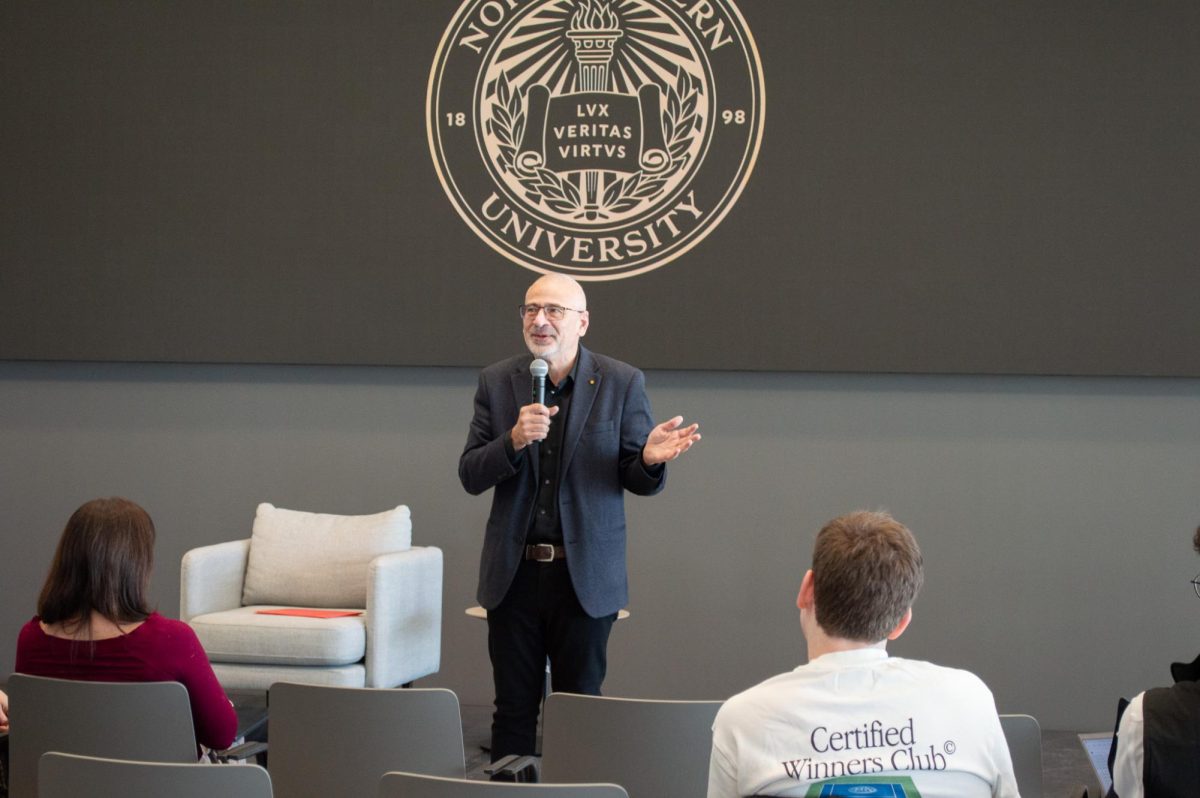LOUISVILLE, Ky. – Yes, you have seen them before. You may not remember where, when, or to what extent, but you remember exactly how they appeared as they sprinted down that course.
They are graceful, flowing specimens, some of the best in their sport. Their long, athletic strides cover vast amounts of ground with the greatest of ease. As each authoritative step touches the surface, bulging veins pulsate throughout their powerful upper legs. These are strides of purpose, of determination, of focus. The mesmerizing rhythm with which each foot touches the ground is almost euphoric, so much so that one becomes lost in the movement, even as they travel at the most casual of paces.
But these are not your typical athletes. No, these competitors train on four legs in preparation for one of the most physically and mentally demanding sports America has to offer. These athletes … are thoroughbreds.
As adamantly as I now believe in such a display as one of the nation’s most pure sporting spectacles only highlights my ignorance to the sport before my arrival to the Bluegrass State. To be frank, my initial impression of Louisville’s most historic landmark – Churchill Downs, home of the Kentucky Derby – was just that: ‘This is really nice grass,’ never mind the fact that the full extent of my knowledge of horses before coming here ranged from about “Mr. Ed” to “My Little Pony.” After watching the jockeys walk the horses along the track, I realized what a fool I had been.
“There isn’t any other athlete like a racehorse,” said Sabin Unseld, a hot walker for 33 years (and a first cousin of Washington Bullets/Wizards great Wes Unseld). “They’re in a class of their own.”
Is that debatable? More so, is the notion of thoroughbreds as athletes even a valid argument? The answer to both questions is a resounding no.
Like human beings, horses compete at different levels depending on their ability (claiming, allowance and stakes), and take part in rigorous training leading up to the event. A balanced diet plays an instrumental part in the conditioning. The horses are fed with a quality feed rich in vitamins, dependent on the physical make-up of the athlete. If the thoroughbreds look thin, their human handlers will offer them more feed and cutback on some training. If they are overweight, they will be worked harder and receive less food.
The same thing applies to injuries. When a person gets hurt during a race, he/she may pull up lame. If a horse gets hurt, it is liable to stop. Maintaining this balance is critical in thoroughbred racing.
“It’s a lot like track,” said exercise rider Janice Conner, a veteran of over 30 years. “It’s the same thing with running, just because you don’t want to wear the horse out and run it into the ground. We want their muscles loose and a loose bottom to keep them in good shape.”
Still, the most important parallel between the two worlds lies in the relationship between coach and player, or in this case, trainer and jockey with the thoroughbred. Pat Day has made a career out of his ability to get the most out of his horses along the final stretch; much of that comes from his innate ability to communicate such strategies to the horse he is riding. Nevertheless, improvement cannot come without patience.
“With a new horse you have to feel your way in,” said D. Wayne Lukas, trainer for Derby hopefuls Scrimshaw and Ten Cents A-shine. “Like kids, you give them the benefit of the doubt. I got serious the last couple of weeks, and now it’s really paying off.
“He’s got an attitude problem, like so many good athletes,” Lukas added.
Lynn Whiting, a horse trainer since 1968 and winner of the 1992 Kentucky Derby with Lil E. Tee, concurs.
“They have to be brought along slowly,” he said. “Some horses, when pressured, will come apart.
“Time is our ally. If we move too fast, the results will be negligible.”
And, as in more traditional athletics, this one is not without tragedy. Kenny McPeek, a veteran trainer, had to euthanize one of his horses this morning after she suffered a severe injury to her seismoid bone.
“It is catastrophic when it happens,” he lamented.
But that still doesn’t buttress Unseld’s observation. Whiting does.
“The challenge of getting into a horse’s head and turning them into a fine equine athlete, that’s a big difference,” he said. “I was fortunate to win it [the Derby] in 1992; once you do, it more or less consumes you. Most people are consumed by trying to get to that point again.”
What will be challenging, for me at least, is forgiving myself for being so ignorant towards such competition for so long. But I will never forget the athletes.
DOGGIE BITES:
The University of Maryland-Baltimore County Retrievers are the newest members of the America East conference, and will join the conference in all sports for the 2003-04 academic year. UMBC, who has won the Northeast Conference Commissioner’s Cup as the top overall athletics program in the conference each of the last four years, will compete in 20 of the 21 America East sports programs, most notably basketball, soccer, and baseball. Was this a move to lessen the blow should Northeastern leave for the Colonial Athletic Association? Stay tuned … No team, and I mean NO TEAM, on Huntington Ave. needed a victory worse than the baseball team. Northeastern had won only four of their last 15 contests from Mar. 28-Apr. 19. What was most disturbing during the string was their showing in league play, where they went 2-for-6. Since a 13-7 shelling at the hands of Boston College in the annual Baseball Beanpot, however, the squad has won four of its last five games. Their sweep of Hartford last weekend may have served as credence that the team has finally turned things around for good … Finally, I just want to personally congratulate senior Art Smith on signing with the Baltimore Ravens. You’re a class act, baby; best of luck to you.
Evans Erilus may be reached at [email protected]









